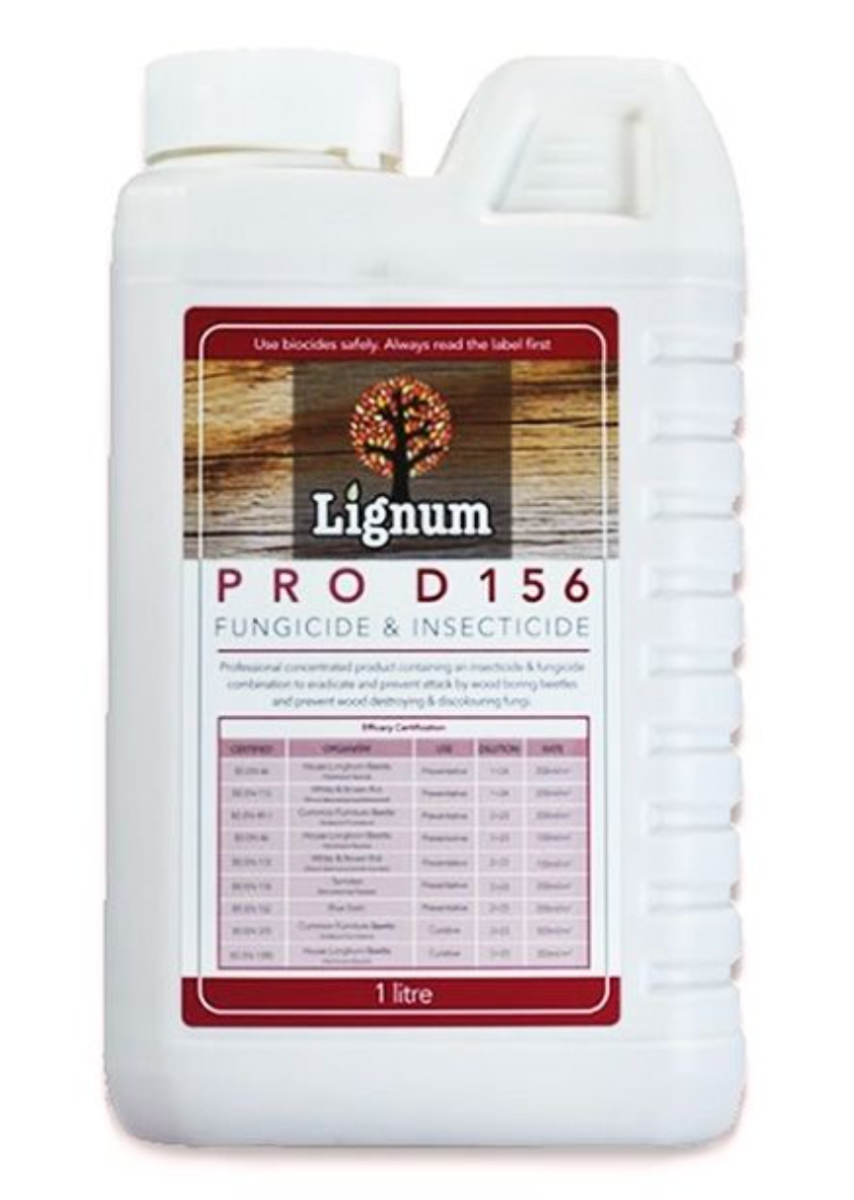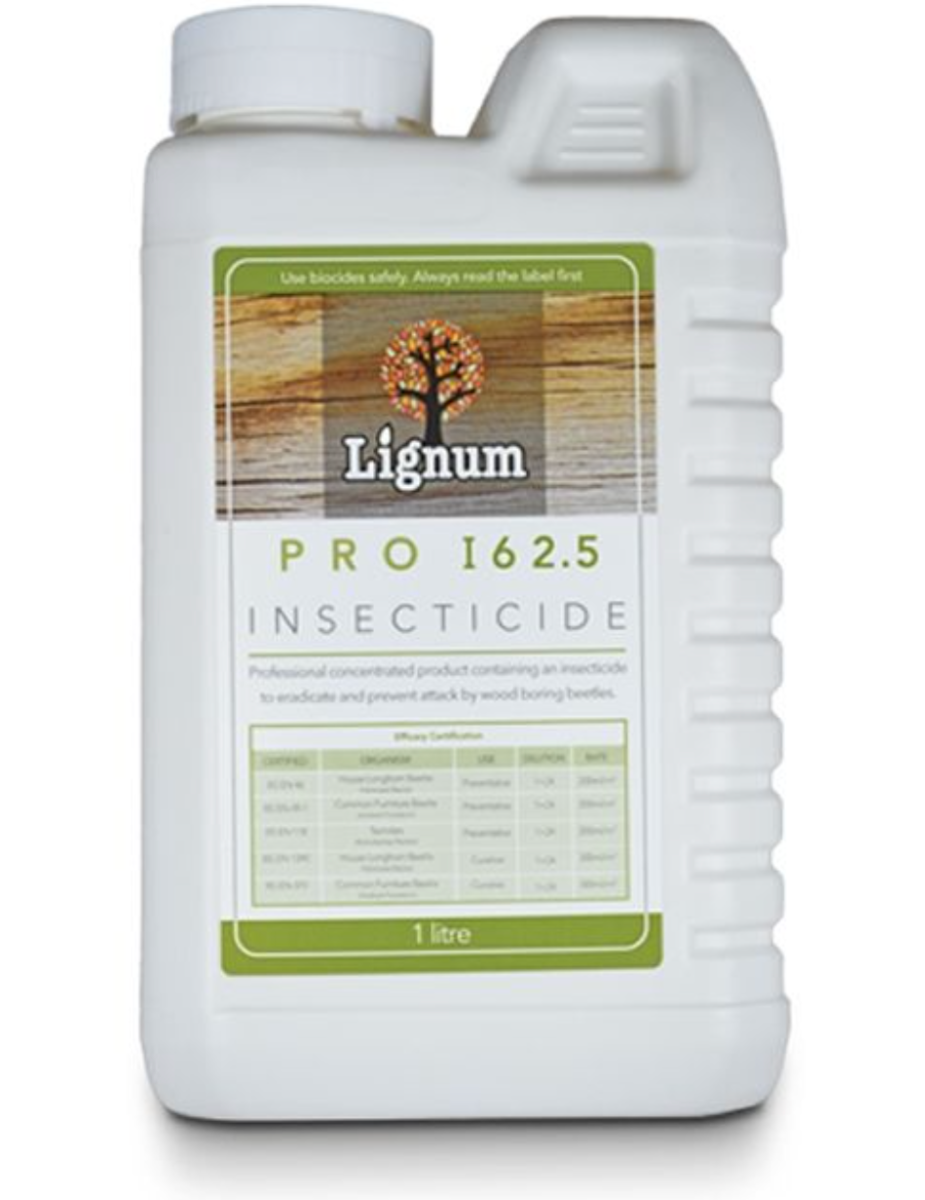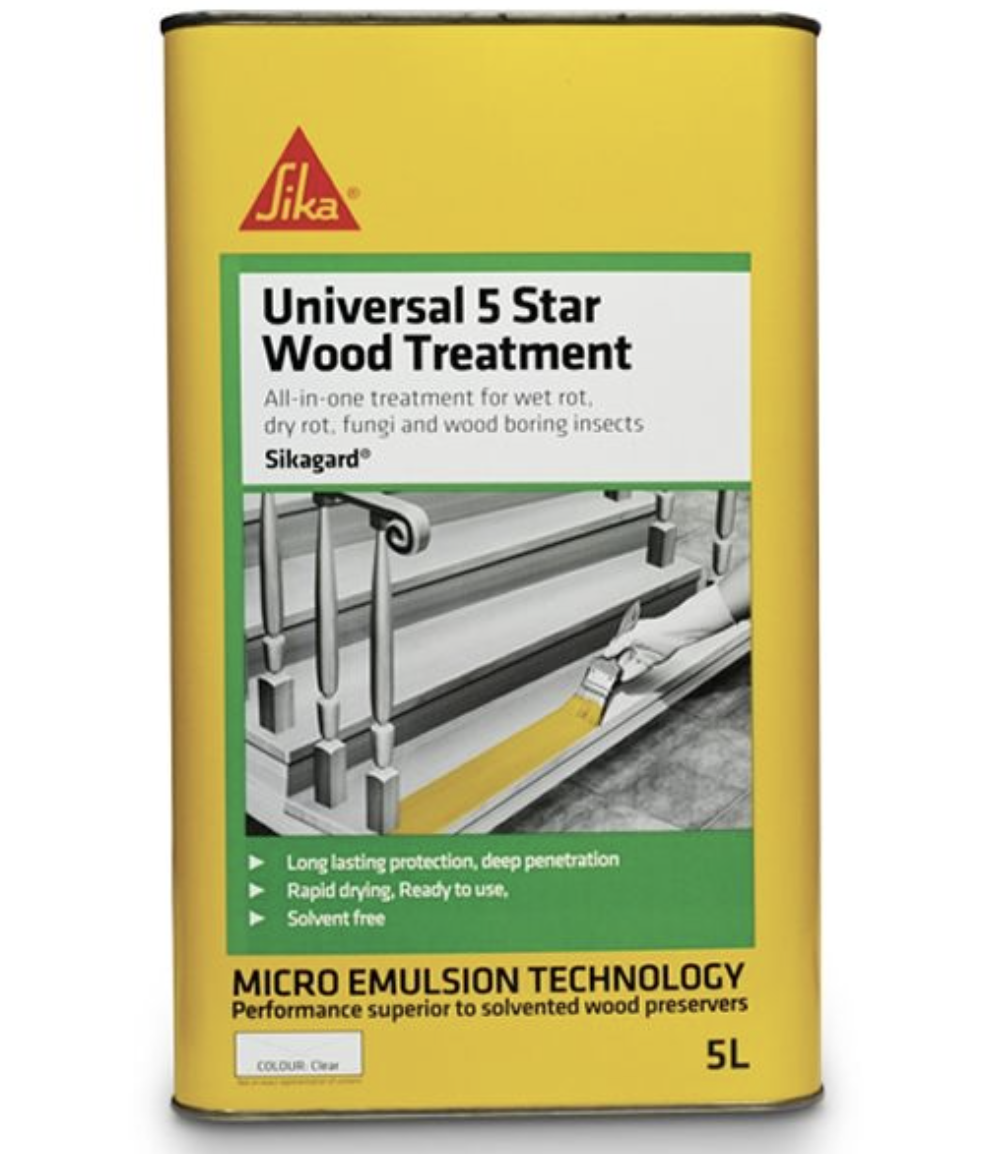Wharf Borer (Nacerdes melanura)
Wharf Borer (Nacerdes melanura)
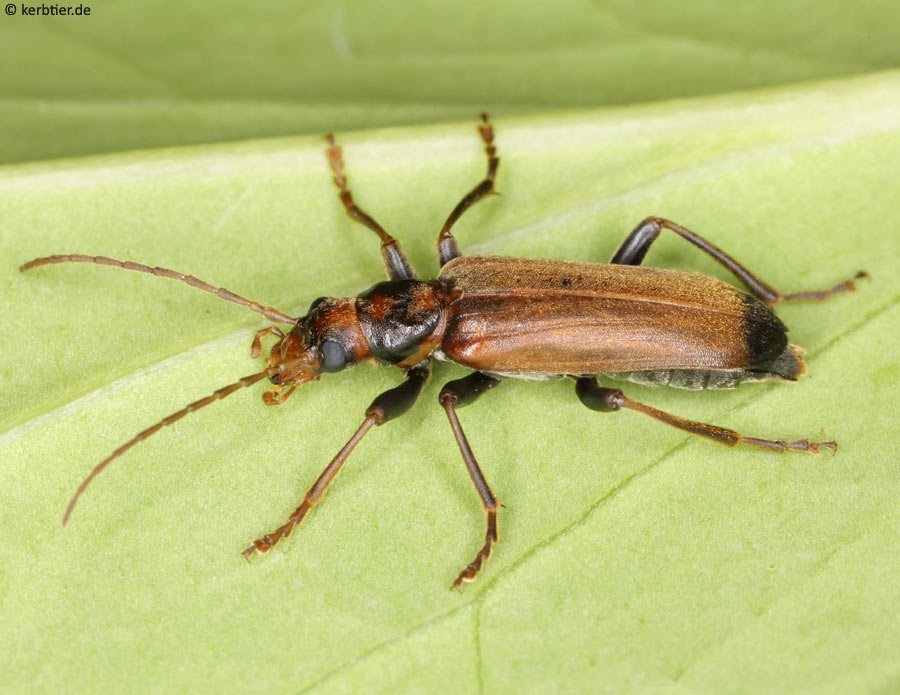 |
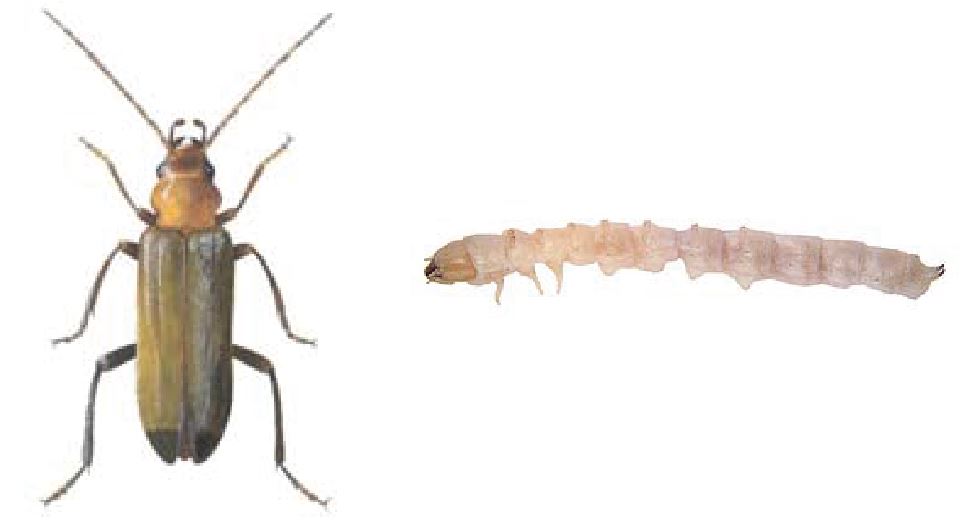 |
Identification:
Adult beetles vary in length from 7-12mm and are rather soft in texture. Mature larvae are about two to three times longer than the adults and are a light brown to cream in colour. The mandibles of the larvae are dark brown, darkening to black at the tips.
Biology:
The female of this beetle will lay eggs in any damp, decaying timber, which has been attacked by fungus. The development time from egg to adult is about 12 months, and adults tend to emerge around June to late August in the U.K.
Control:
The beetles and larvae can be controlled by using a broad spectrum residual insecticide or insecticide dusting powder approved for crawling insects. In addition however it will be necessary to eliminate the rotten wood and decrease the humidity through improved ventilation.
Products to control Wharf Borer:
|
Dual Purpose Timber Treatment PRO D156 (1L) |
Wood Worm Lingum PRO Treatment I62.5 (1L) |
Sikaguard Woodworm Treatment (5L) |

